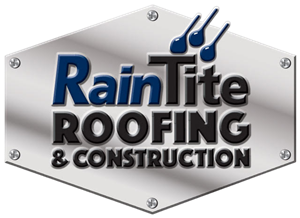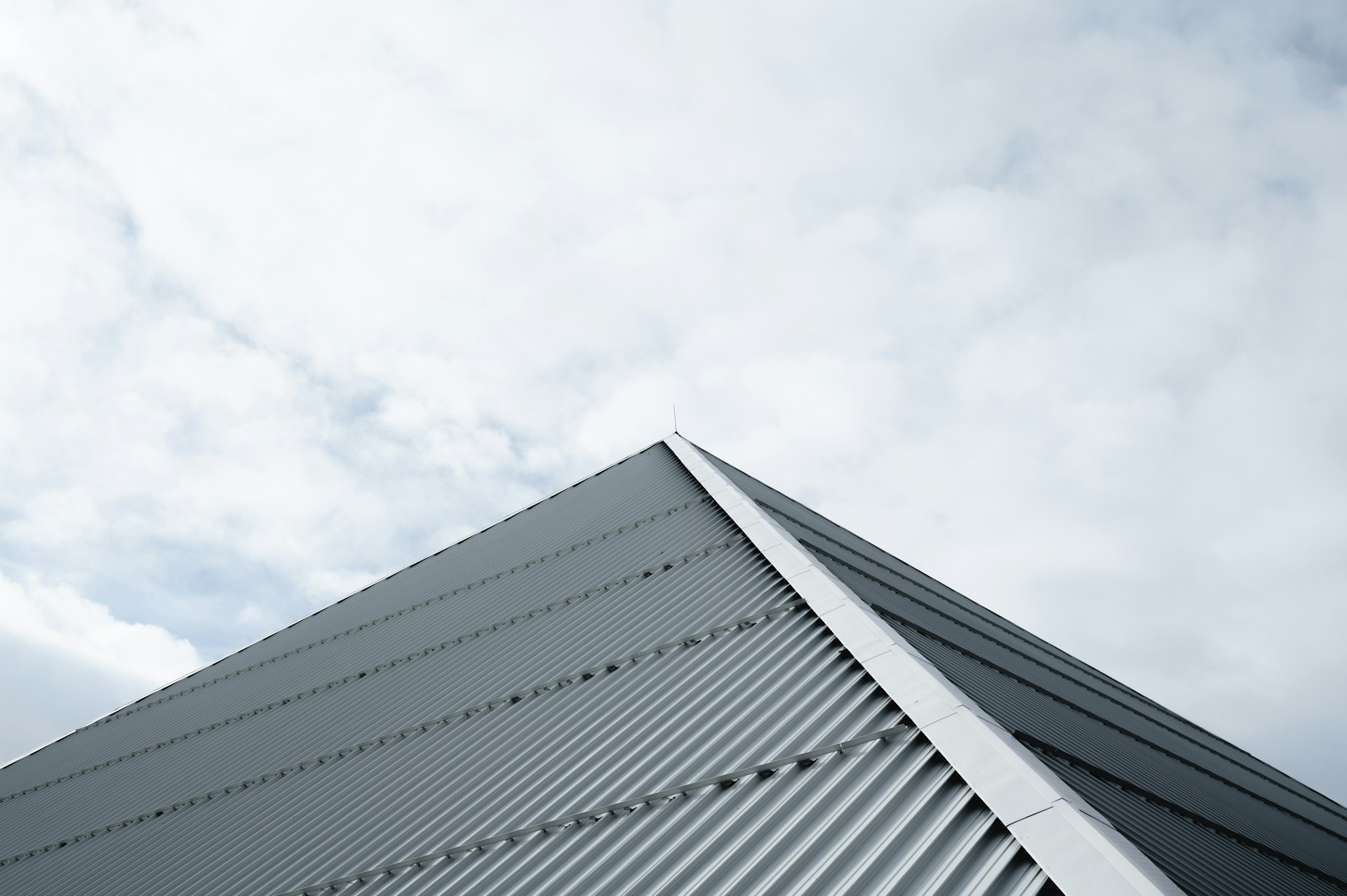Choosing the right roofing material is a pivotal decision for any homeowner or property manager. It impacts not only the aesthetic appeal of your property but also its durability and performance over the years. We take pride in guiding you through this critical choice, ensuring you understand all available options and how they align with your specific needs and climate conditions. Roofing materials vary significantly in terms of cost, durability, and maintenance requirements, and each type offers unique advantages and challenges.
Our expertise extends across a range of materials from traditional asphalt shingles to modern, eco-friendly solutions like metal and solar tiles. We strive to provide up-to-date, thorough information that demystifies the pros and cons of each material type. This helps you make an informed decision that balances immediate needs with long-term considerations such as lifespan, weather resistance, and overall ROI on your roofing investment. With our guidance, selecting the perfect roofing material becomes a clearer, more confident process tailored to protect and enhance the value of your property.
Evaluating Roofing Material Options: What Are Your Choices?
When it comes to commercial roofing, the variety of materials available today can cater to different needs and preferences. We emphasize educating our clients on all possible options to ensure the best fit for their specific situation. Common commercial roofing materials include metal, built-up roofing (BUR) membrane, thermoset (EPDM) roof membrane, thermoplastic (PVC & TPO) roof membrane, and green roofing systems. Each material offers unique benefits and suits different types of commercial properties. For instance, metal roofs are highly durable and offer longevity, whereas green roofs provide excellent insulation and help reduce the urban heat island effect.
Moreover, it’s essential to consider each material’s response to local weather conditions and their maintenance requirements. For harsh weather areas, a robust material like metal or thermoset membranes can be more suitable. We assist you in understanding the pros and cons of each option, guiding you through selecting a material that not only fits your immediate needs but also serves as a long-term investment, enhancing the building’s functionality and appeal.
Factors to Consider Before Selecting Your Roofing Material
Choosing the right roofing material involves several critical factors that can influence the overall performance and lifecycle costs of your roof. First, consider the building’s architectural style and structural load-bearing capacity. Some materials, like slate or tile, are heavier and require strong structural support. Next, think about the roof’s slope; flat or low-slope roofs may have different requirements compared to steep-sloped structures.
Environmental impact and sustainability are increasingly crucial factors. Materials like cool roofing or green roofs might be preferred for projects aiming for environmental certifications or lower energy usage. Budget also plays a fundamental role; initial installation costs versus long-term maintenance and repair expenses should be balanced to fit your financial framework. Last but not least, local building codes and fire regulations could limit your material choices. We work closely with you to navigate these factors, ensuring that your selection not only meets your aesthetics and functional needs but also aligns with legal and budgetary requirements.
Comparing Lifespan and Durability of Popular Roofing Materials
When selecting roofing materials, it’s crucial to consider how long they will last and how well they can withstand environmental elements. For instance, metal roofs are renowned for their durability and longevity, often lasting 40 to 70 years if well maintained. Metal is also highly resistant to wind and fire, making it a superb option for areas prone to severe weather conditions. On the other hand, asphalt shingles, the most common residential roofing material, typically offer a lifespan of about 20 to 30 years. While less durable than metal, asphalt is valued for its cost-effectiveness and ease of installation.
Tile roofs are another durable option, with clay and concrete tiles often lasting over 50 years. Tiles are excellent for heat resistance, which makes them ideal in hot climates or areas with significant exposure to sunlight. However, their weight requires sturdy structural roof support, so it’s important to consider the structure of your building before choosing this material. Each material offers distinct benefits and challenges, so understanding their lifespans and inherent properties helps us ensure that we choose the best option tailored to your specific needs and local climate conditions.
Installation and Maintenance: What to Expect for Each Material Type
Understanding the installation and maintenance requirements of different roofing materials can significantly influence your choice. Metal roofs, for instance, require specialized skills for installation due to their material properties and the precision required in fitting panels or shingles. However, once installed, metal roofs demand very little maintenance, mostly needing periodic checks for rust and resealing of joints and fasteners.
Asphalt shingles are easier to install and can often be laid directly over an existing roof, reducing installation time and costs. Maintenance typically includes regular inspections to replace damaged or lost shingles, especially after severe weather. Tile roofs, while durable, demand skilled installation to ensure that the heavy tiles are securely placed and the roof structure is adequately supported. Post-installation, tile roofs require minimal maintenance, though broken or cracked tiles will need to be replaced to prevent moisture penetration.
Each roofing material has its specific requirements for installation and ongoing care, which can impact overall costs and maintenance over its lifetime. We take pride in guiding you through these details to choose a roofing solution that aligns with your needs both logistically and financially.
Conclusion
Choosing the right roofing material is a multi-facet decision involving considerations of durability, maintenance, and the specific needs of your building. At RainTite Roofing & Construction, we are committed to providing expert guidance and high-quality installation services to ensure that your roofing decisions meet your expectations for aesthetics, functionality, and longevity.
Whether you’re looking at a new installation or replacing an aged roof, choosing the right roofing material is crucial, and we are here to ensure that you make the best-informed decision. If you’re considering a roofing project, contact us today—let RainTite Roofing & Construction help you make a decision that stands the test of time.

